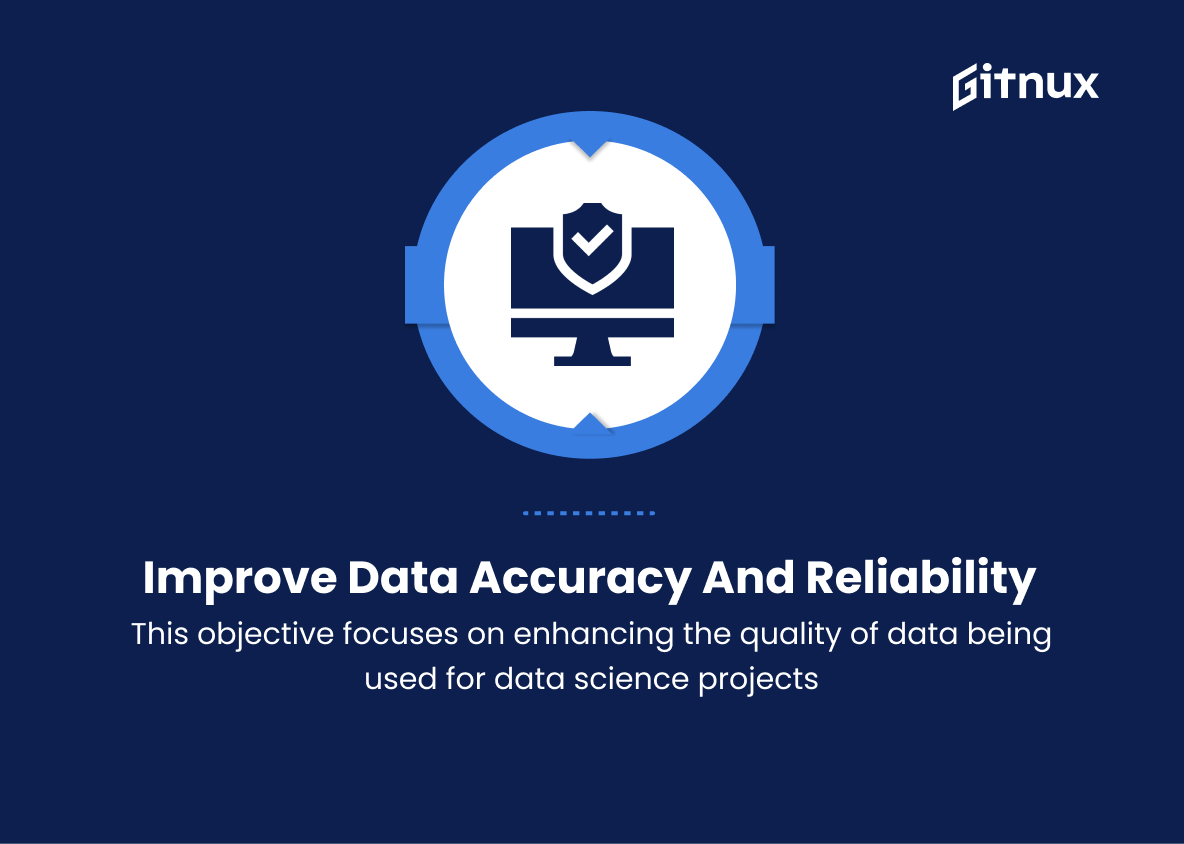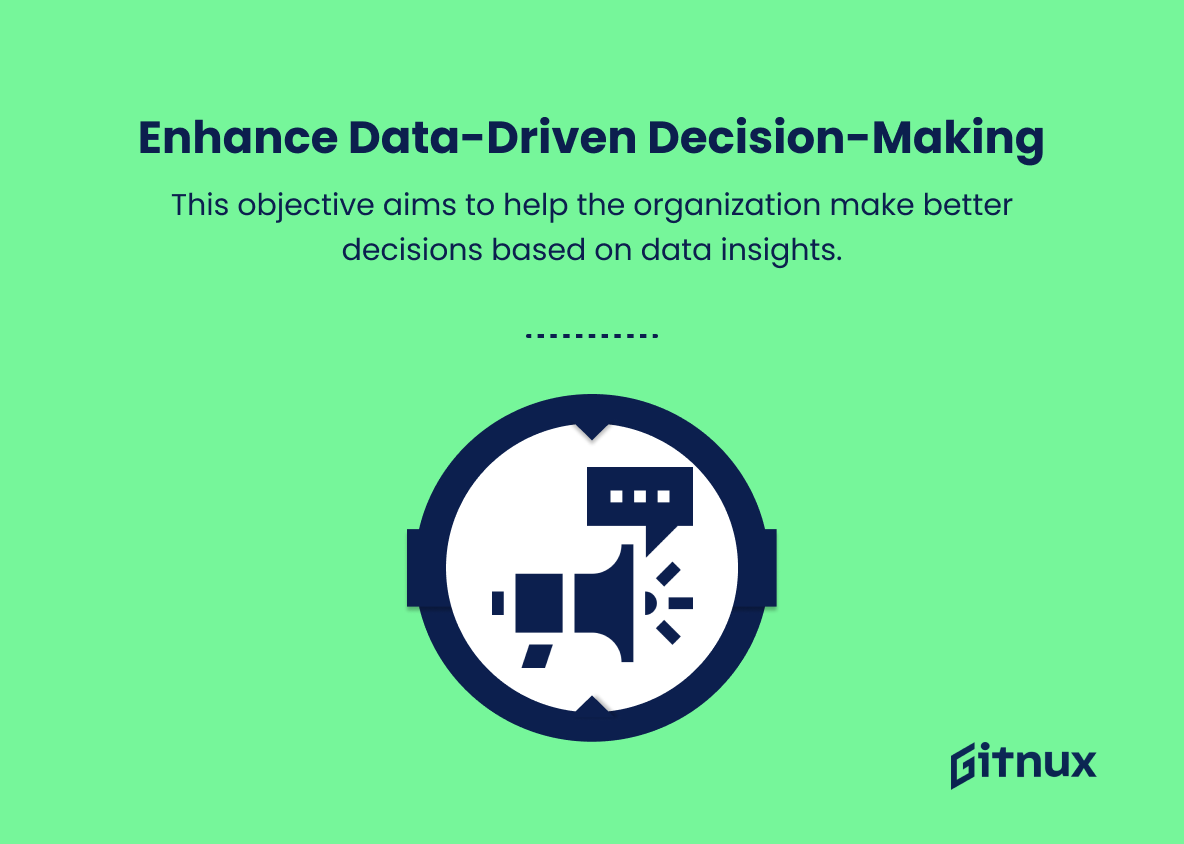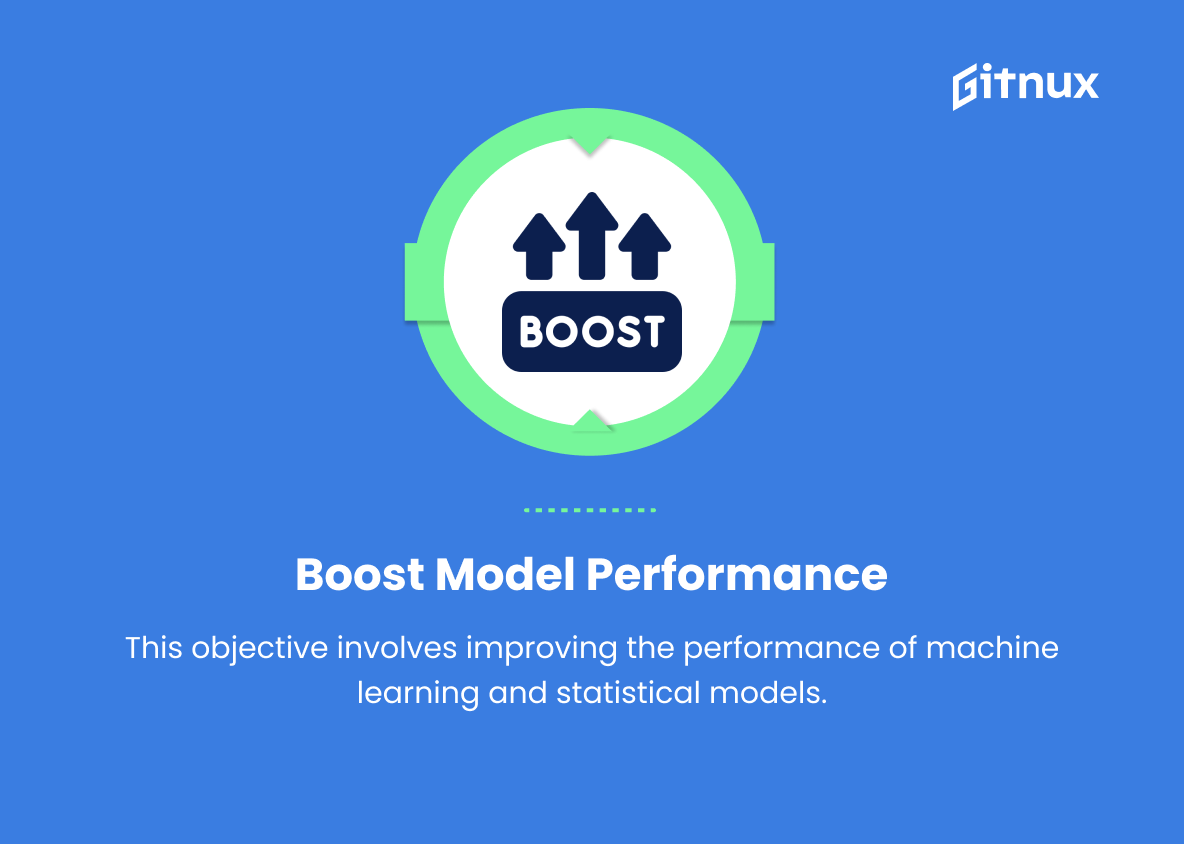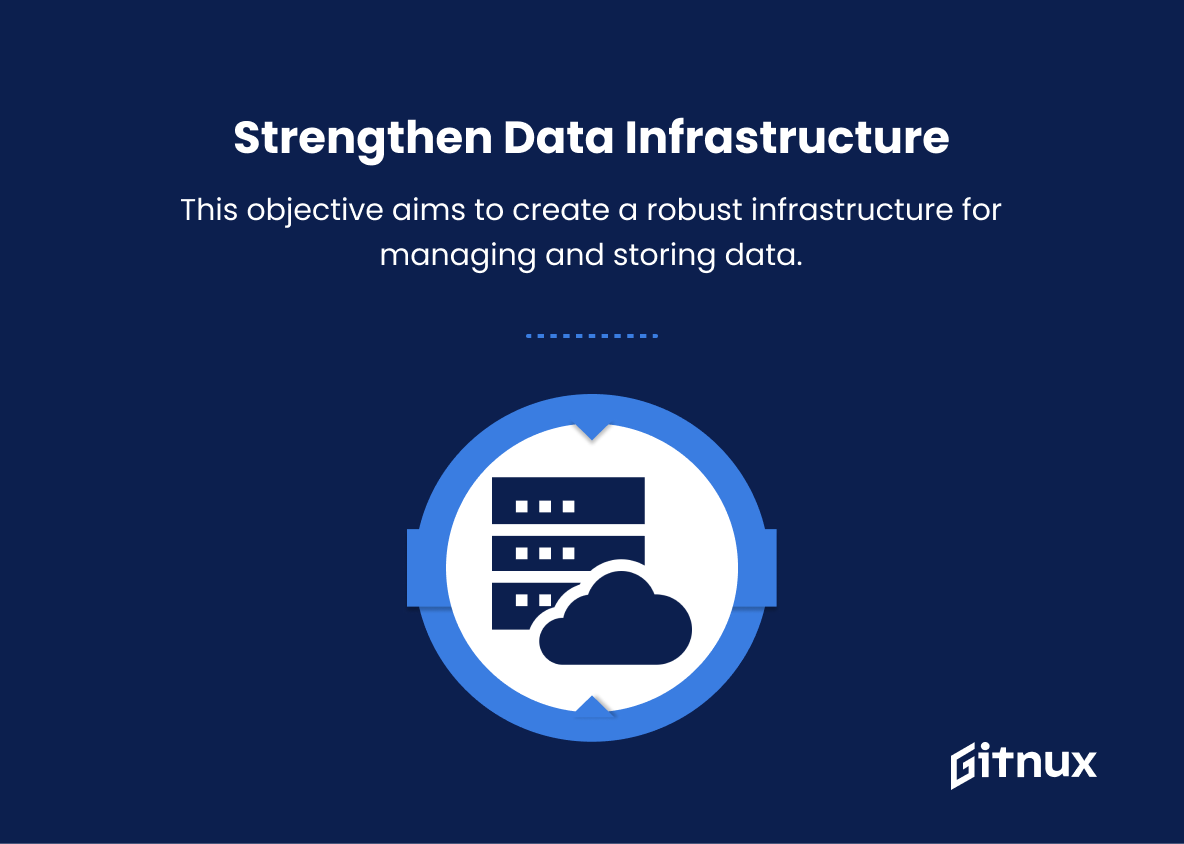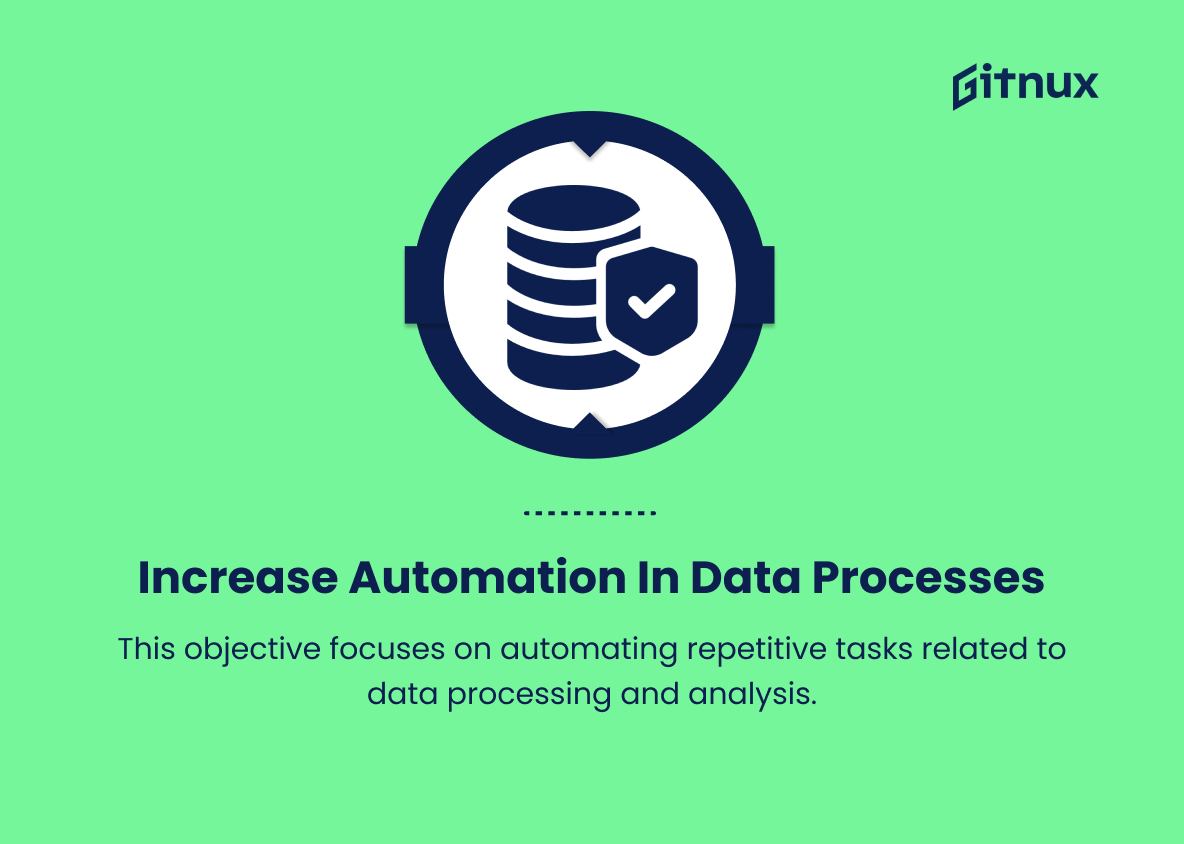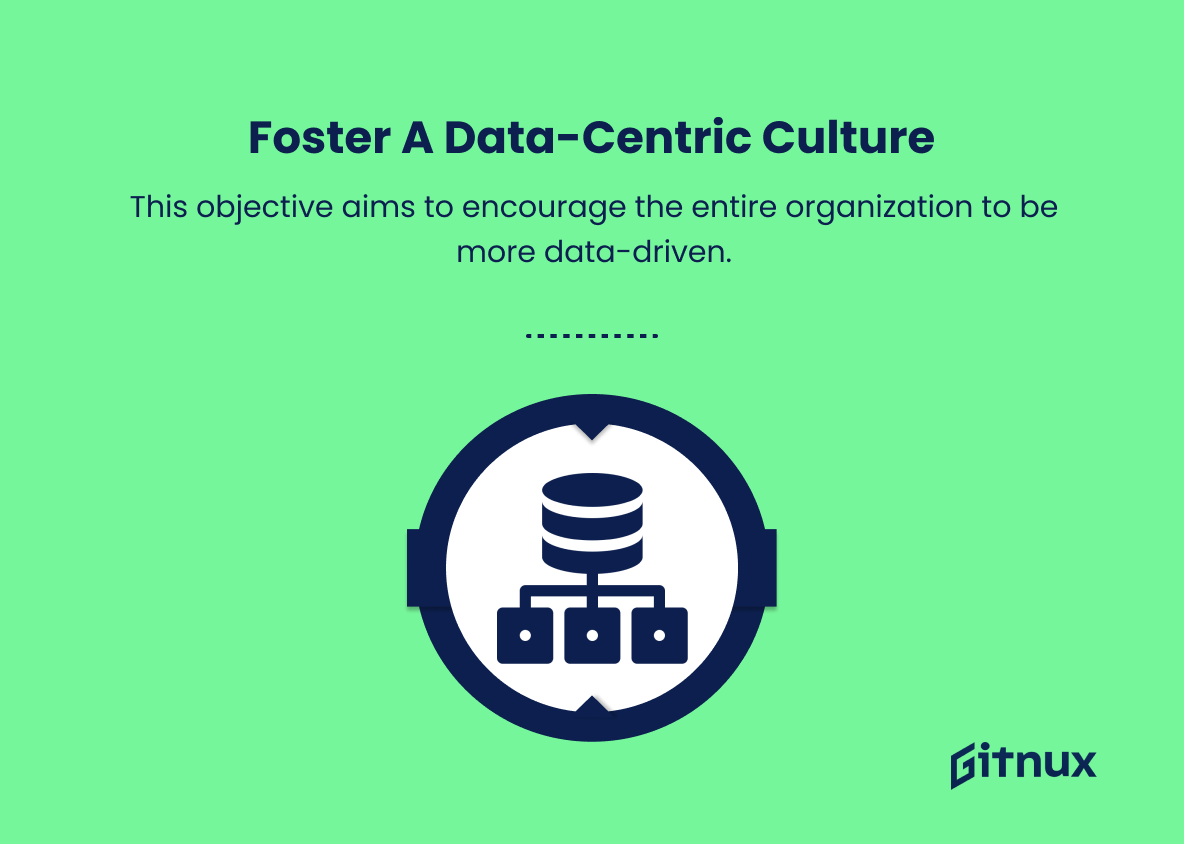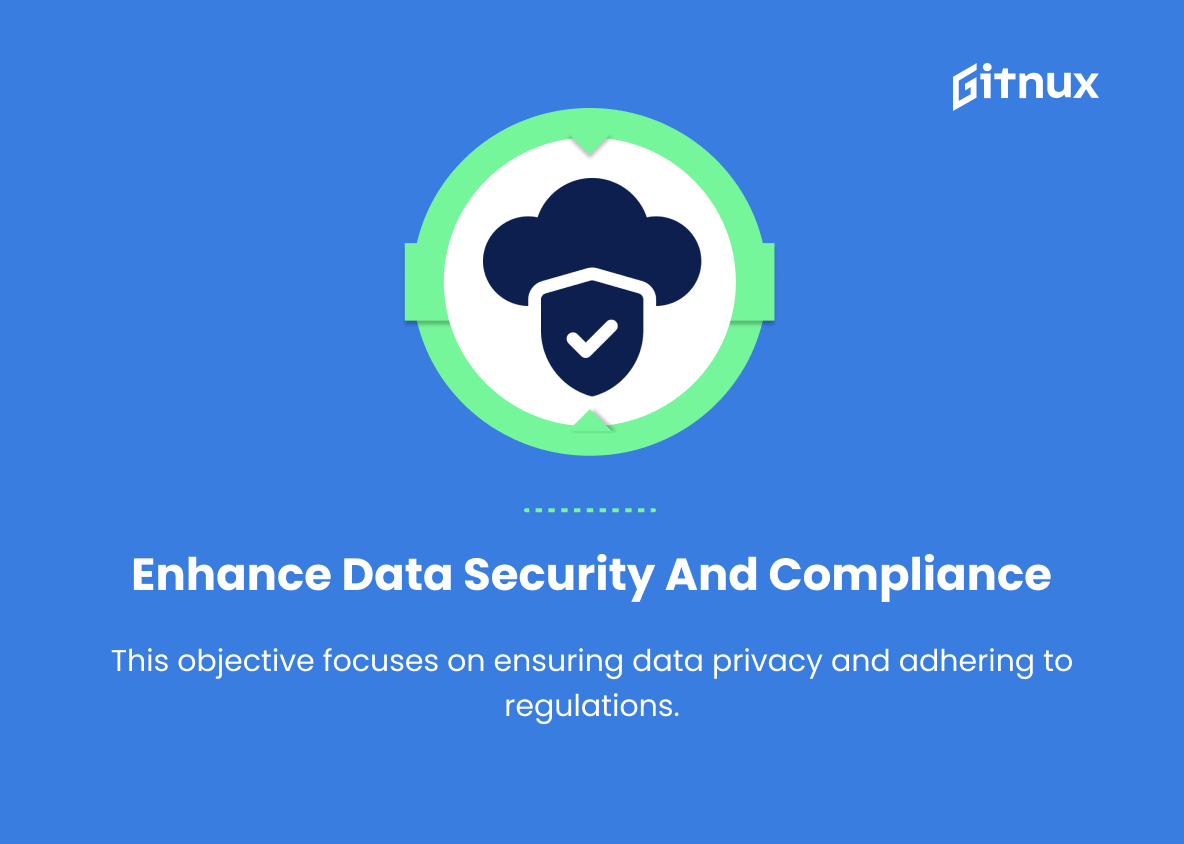In the rapidly evolving world of data science, organizations are increasingly recognizing the importance of implementing strategic objectives and key results (OKRs) to drive success and stay ahead of the competition. As a critical tool for bridging the gap between organizational goals and data-driven initiatives, Data Science OKRs help businesses transform raw data into actionable insights, enabling them to make informed decisions, optimize performance, and improve overall results.
In this blog post, we will delve into the significance of Data Science OKRs, explore best practices for setting them, and discuss how they can effectively be integrated within your organization — facilitating a culture of innovation and continuous growth.
Data Science OKRs You Should Know
1. Improve data accuracy and reliability
This objective focuses on enhancing the quality of data being used for data science projects. Key results could include reducing data errors by a specific percentage or implementing data validation checks to ensure accuracy in data collection.
2. Enhance data-driven decision-making
This objective aims to help the organization make better decisions based on data insights. Key results could include increasing the number of data reports generated for different teams or improving the response time for data requests.
Improving model performance and strengthening data infrastructure further optimize the effectiveness of data science, allowing for more sophisticated analyses and efficient processing.3. Boost model performance
This objective involves improving the performance of machine learning and statistical models. Key results could include increasing the accuracy, precision, recall, or F1 score of predictive models or implementing more advanced algorithms for better results.
4. Strengthen data infrastructure
This objective aims to create a robust infrastructure for managing and storing data. Key results could include migrating to a more scalable database, optimizing data storage and redundancy, or reducing data processing time.
5. Increase automation in data processes
This objective focuses on automating repetitive tasks related to data processing and analysis. Key results could include automating data cleaning processes, developing scripts for data transformation, or implementing tools for automatic report generation.
The Data Science OKRs listed above are crucial to an organization’s success in today’s data-driven world.6. Improve data visualization and reporting
This objective aims to enhance the presentation and communication of data insights. Key results could include creating interactive dashboards, developing more visually appealing reports, or training team members on data visualization best practices.
7. Expand the organization’s data capabilities
This objective is about building new skills and expertise within the data science team. Key results could include providing training or certifications for data scientists, hiring data specialists for specific projects, or collaborating with external partners to access new technologies.
8. Foster a data-centric culture
This objective aims to encourage the entire organization to be more data-driven. Key results could include organizing data-centered workshops and events, establishing a data committee, or creating a regular newsletter to share data insights with employees.
9. Enhance data security and compliance
This objective focuses on ensuring data privacy and adhering to regulations. Key results could include implementing robust data security measures, conducting audits to identify vulnerabilities, or obtaining certifications for data protection standards.
10. Optimize data-related costs
This objective is about managing the expenses related to data storage, processing, and analysis. Key results could include reducing the cost per terabyte of data storage, optimizing cloud resources to minimize costs, or streamlining data processes for more efficient resource utilization.
Data Science OKRs Explained
The Data Science OKRs listed above are crucial to an organization’s success in today’s data-driven world. Ensuring data accuracy and reliability validates the foundation for all subsequent analytics, enhancing trust in the insights generated. By focusing on data-driven decision-making, organizations can make better-informed strategic choices, leading to improved outcomes. Improving model performance and strengthening data infrastructure further optimize the effectiveness of data science, allowing for more sophisticated analyses and efficient processing.
Automation of data processes frees up valuable time for data scientists to focus on higher-level tasks, paving the way to innovations. Enriching data visualization and reporting methodologies enable the clear and compelling communication of insights, ensuring that decision-makers understand and appreciate the value delivered by data. Investing in organizational data capabilities ensures the continuous growth and development of the data science team, enabling them to stay on top of industry trends and technologies.
Fostering a data-centric culture will strengthen the organization’s overall data literacy and enhance cross-functional collaboration, hence improving results. Ensuring data security and compliance demonstrates an organization’s commitment to protecting sensitive information, essential for maintaining stakeholder trust. Lastly, optimizing data-related costs helps businesses maximize the return from their data investments, ensuring that they remain financially agile and competitive in the marketplace.
Conclusion
In summary, Data Science OKRs play a pivotal role in driving success for businesses, helping them harness the power of data analytics and make better data-driven decisions. By setting clear, focused, and measurable objectives coupled with well-defined key results, data science teams can better align their efforts with the organization’s overall goals, enhance collaboration, and continuously improve their performance.
Embracing this powerful framework will not only strengthen the efficiency of data science teams but also maximize the return on investment in data analytics, positioning an organization for long-term growth and success. As data continues to shape the future of industries across the board, it is imperative for businesses to adopt effective strategies like Data Science OKRs to remain competitive, agile, and sustainable in this ever-evolving landscape.
